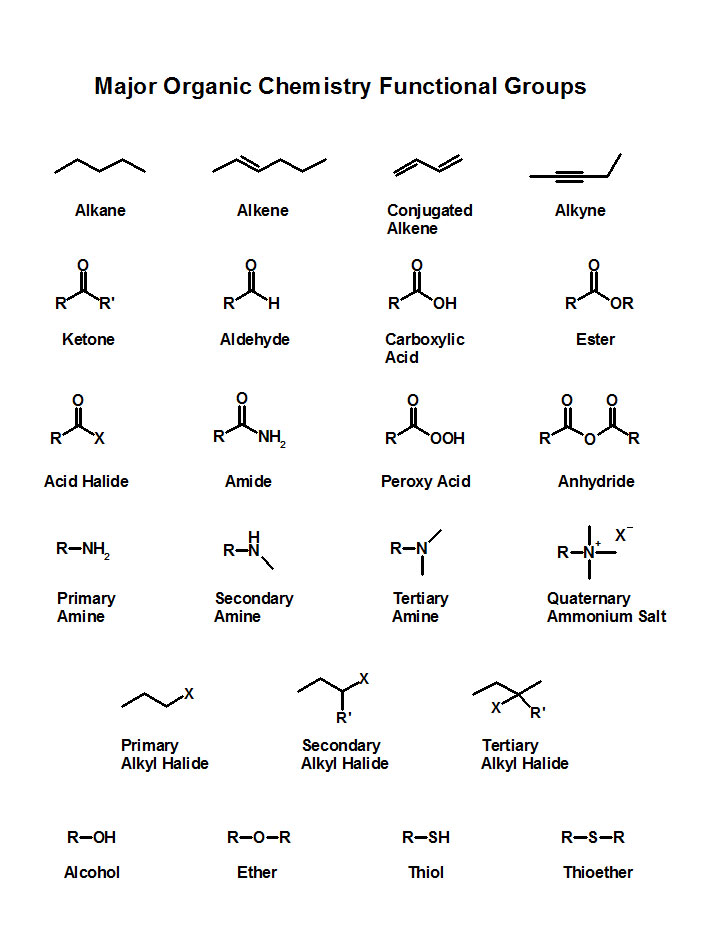

If all atoms in the second period and above have at least one octet, and no atom in the second period exceeds an octet, and the total number of electrons in bonds and lone pairs equals the total number of available valence electrons, then we have produced a valid Lewis structure.

Carbon and nitrogen are second-period elements that commonly form double and triple bonds as central atoms, and oxygen as the peripheral atom is often in a double bond with the central atom.
Skeletal structure chemistry calculator full#
If no more electrons are available and the central one does not yet have a full octet, a lone pair on a peripheral atom can be pushed into a second (or third) bond with the central atom.

2) Each carbon has enough hydrogens to have 4 bonds (unless there is a formal charge) So, essentially in bond-line structures, we don’t show the hydrogens and. Never exceed an octet for an atom of period 2! For periods 3 and larger, the atoms are large enough to accommodate more than one octet in their valence bond shell. The most efficient way to draw structures is to start by drawing the its framework, without caring about the bond and atom types involved. Let’s first quickly summarize what Bond-Line (Zig-zag) structures are: To interpret a bond-line structure, assume that: 1) There is a carbon at each junction (corner) and periphery.
Add the remaining pairs of electrons to the central atom so your octet is complete (if it isn’t already). Note that this does not apply to hydrogen H, which can only accommodate a duo (2 e – ). Add electrons as lone nonbonding pairs around peripheral atoms so they have octets (eight electrons total). Inevitably, there will be cases where it is possible to draw more than one skeletal structure.ĭraw bonds as lines between atoms. Another good way to choose is to choose the least electronegative atom. Given a formula, the central atom is typically the first atom (eg ClF 4 ), although this convention is not always followed (eg HNO 3 ). Hydrogen (H) and fluorine (F) each have a valence of 1, and generally these will not be central atoms (bonded to more than one atom). Choose a central atom (we will take as examples small molecules for which there is only one central atom, and the other atoms, the peripheral atoms, are all attached to the central atom). Which will help us decide how the atoms will bond. The second step is to draw a skeletal structure. For polyatomic ions, add the valence electrons of all atoms in the formula and subtract one electron for each positive charge on a cation and add one electron for each unit negative charge on an anion. One way to do such a count is to write Lewis symbols for all the atoms in the formula and count all the “dots.” For an (uncharged) molecule, that count is the correct number of valence electrons. First, it is important to get a correct count of all the valence electrons. Given a chemical formula corresponding to a molecule or molecular ion, the steps to obtain its Lewis structure are as follows:







 0 kommentar(er)
0 kommentar(er)
